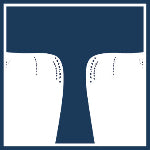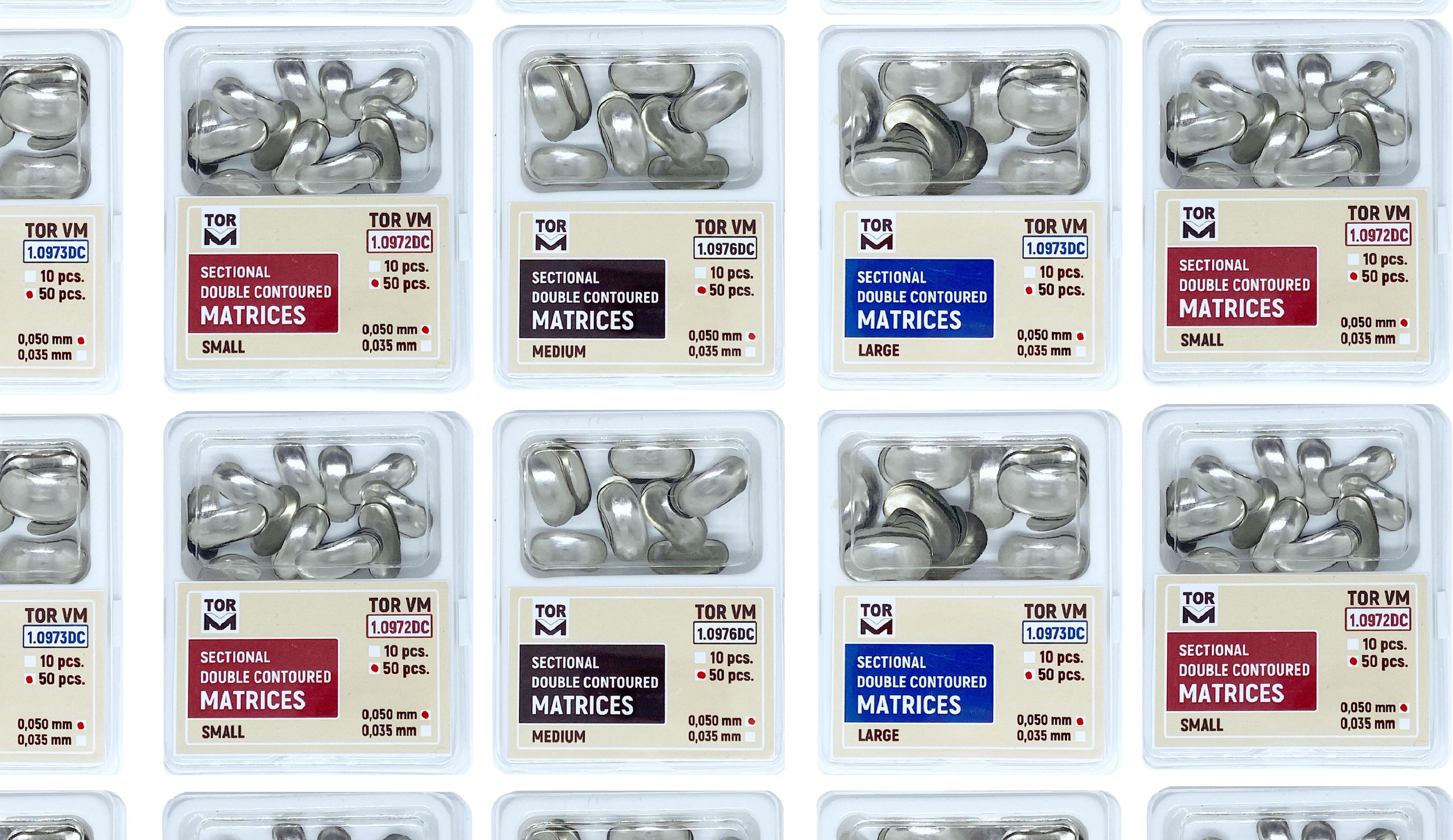The double curve (double contoured) sectional matrices are a more case-specific development of our classic sectional matrix bands. Although fairly versatile, the latter offers little help when it comes to bridging large gaps between the cavity floor and the adjacent tooth, whereas the former specializes in that exact regard. Its impeccable convexity (especially in the embrasure) is what renders the double curve matrix more suitable for spanning greater proximal gaps between teeth. This additional curve not only provides an opportunity for excellent proximal contours to be developed but also allows the dentist to get the most optimal contact profile in such an acute scenario.
Despite being made from the same hardened stainless steel as the classic bands, the double curve matrix offers a broader contact area. Such a perk is a result of the band’s infamous convex property which allows for an extensively supported lower contact point as well as a more anatomically positioned marginal ridge. This entails the filling of papilla in the interproximal area in addition to unhindered floss access. Further said, higher curvature is strongly maintained – even after placing a separation ring. This is a testament to the matrix’ convex quality which allows it to nicely wrap on the buccal and lingual and as a result, helps support the shape of the restoration.
With that being said, it is not recommended to use these bands when the bridge gap can be described as tight rather than spacious. If used in that case, the double curve matrices will buckle internally and become deformed. Considering this unfavourable outcome, we can recommend the double curve matrices to aid in the process of restoring only larger gaps between teeth. We have them in small, medium or large sizes – 0.050 mm in thickness each.

